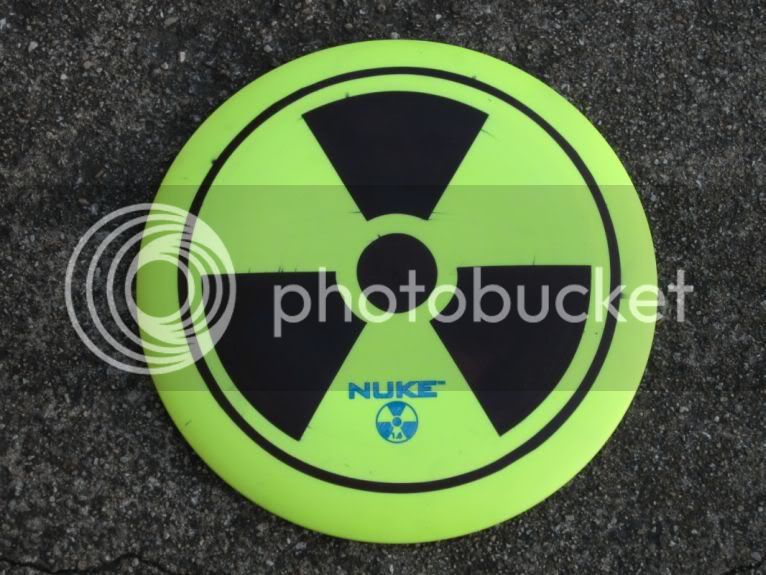Hey guys,
So I am looking to do a paint on dye like in this video.
In the video they used 2 parts rubbing alcohol to 1 part RIT liquid dye.
Two questions:
Would acetone work better than the rubbing alcohol?
If I am using powdered dye, should it be grainy or rather smooth texture? The last couple of mixtures I have used have been a bit grainy, and I think it is cause I am using too much powdered dye.
Thanks!
So I am looking to do a paint on dye like in this video.
In the video they used 2 parts rubbing alcohol to 1 part RIT liquid dye.
Two questions:
Would acetone work better than the rubbing alcohol?
If I am using powdered dye, should it be grainy or rather smooth texture? The last couple of mixtures I have used have been a bit grainy, and I think it is cause I am using too much powdered dye.
Thanks!
